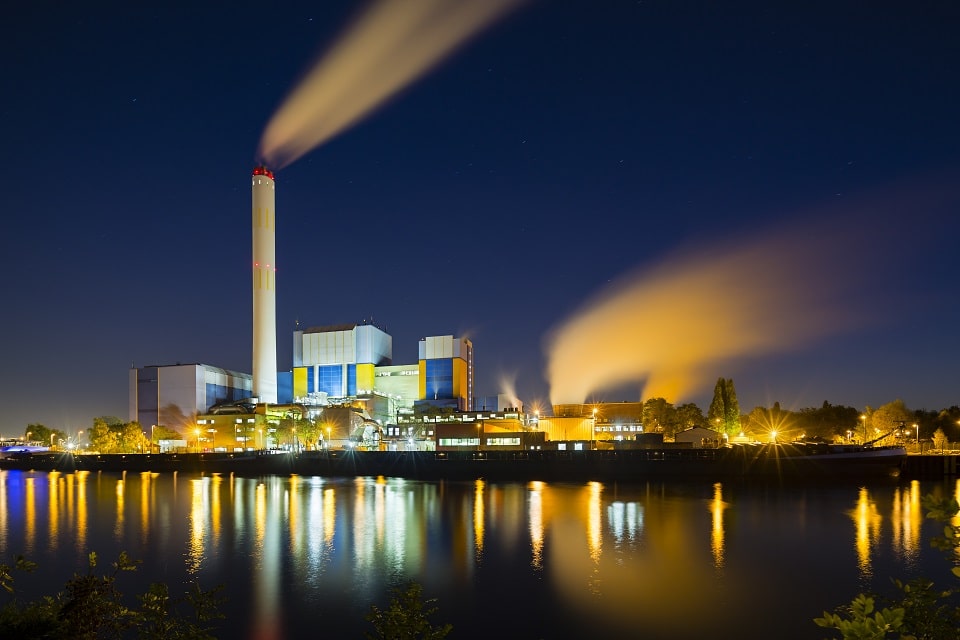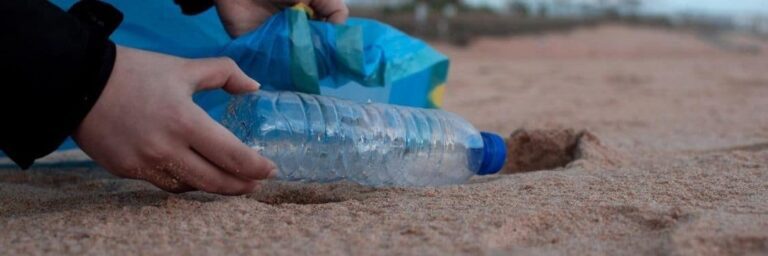Landfilling is among the widely accepted means of rubbish disposal for many countries. However, it has significantly contributed to the production of greenhouse gases. That’s why Paul’s Rubbish Removal ventures with multiple recycling and disposal facilities that divert as much waste from landfills as possible. Among our disposal techniques that effectively eliminate methane-production from landfilling is incineration.
In Sydney, waste incineration practices are critically considered because even if it is proved to be a viable option for efficient waste disposal, the numbers still show a significant amount of greenhouse gas emissions. However, despite the negative figures, there are operational waste incinerators that promise a cleaner option for rubbish removal.
What is Incineration?
Waste combustion, also known as incineration, is a well-established type of disposal in which municipal and biohazard solid wastes are burned at high temperatures. This converts them into residue and gaseous compounds.
In addition, incinerators are equipment that utilises this process in order to break down biowaste and hazardous material into ashes. Many environmental studies suggest that while this method of waste disposal produces significant amounts of CO2, it produces fewer greenhouse gases compared to landfills.
A Better Practice than Tipping
Landfills mainly produce methane – a greenhouse gas that is 21 times more potent as a global warmer than carbon dioxide. Furthermore, the methane gas that is supposed to come off from waste is eliminated in pyrolysis due to the thermal treatment of rubbish.
Correspondingly, modern filtering technologies such as scrubbing filters particulate matter and other harmful compounds from incinerator flues – thus making it a cleaner option than tipping toxic waste on landfills.
Incineration Practices in Sydney
Currently, many facilities in Sydney uses industrial grade and small-scale municipal incinerators as a means to properly dispose of hazardous waste such as biomass, pharmaceutical and medical waste.
Moreover, residues from recycled waste and repurposed metal scraps are diverted from landfills by burning them in incinerators. This prevents residual waste from producing methane on landfills and at the same time containing most of the carbon emissions. These include leftover wood and cardboards, non-metal casings, and other residues from repurposed waste.
Medical waste from nursing homes and hospitals in Sydney also benefit from incinerators. While autoclaves are the gold standard in sterilising medical waste, it cannot treat chemical and pharmaceutical waste. Furthermore, it can be inefficient to spend significant energy to sterilise massive amounts of medical waste. This is not a problem for incinerators since most of it can accommodate larger amounts of medical rubbish in a shorter amount of time and completely breaks down the harmful waste.
Paul’s Rubbish Removal, taking pride as one of the most reliable all-around rubbish removalists in Sydney, specialises in handling biohazardous waste. Thanks to its vast network of NSW EPA compliant facilities, disposing of medical waste through incineration guarantees sterile removal of harmful rubbish without the risk of cross-contamination or infection.
Emissions
On a global scale, recycling and using incinerators as well as waste-to-energy (WtE) facilities rather than landfilling can reduce greenhouse emissions by up to a billion tonnes per year.
Furthermore, a ton of municipal solid waste (MSW) can produce about a ton of CO2 if incinerated. If the same amount of MSW is landfilled, by anaerobic decomposition, the methane that it produces will be equal to 1.38 tons of CO2 emission by weight. That means a significant portion of greenhouse gas is eliminated via incineration compared to tipping.
Other emissions in the flue gas of incinerators include nitrogen oxides, sulphur dioxide, hydrochloric acid, heavy metals, and fine particles. In addition, solid outputs such as fly ash and bottom ash consist of 4 to 10% by volume and 15-20% by weight of the total waste.
Conclusion
While the technology to fully recycle and dispose of rubbish without adverse environmental effects is still under development, Paul’s Rubbish Removal is committed to minimising greenhouse gas emissions by diverting as much waste from landfills as possible.
We have connections in recycling and disposal industries that aim to reduce overall greenhouse gas emission while making sure your rubbish goes a long way. This includes utilisation of alternative and effective methods such as incineration – particularly when disposing of medical and biohazardous waste which poses serious health risks when landfilled.
Paul’s Rubbish Removal holds our commitment to sharing our knowledge of efficient waste management and effective recycling techniques with you so you get value for your worth. We value our planet as much as you do, and we are willing to talk with you about it.
Feel free to set a booking with our friendly staff at 0407 125 125 or email us for inquiries and a free quote.







